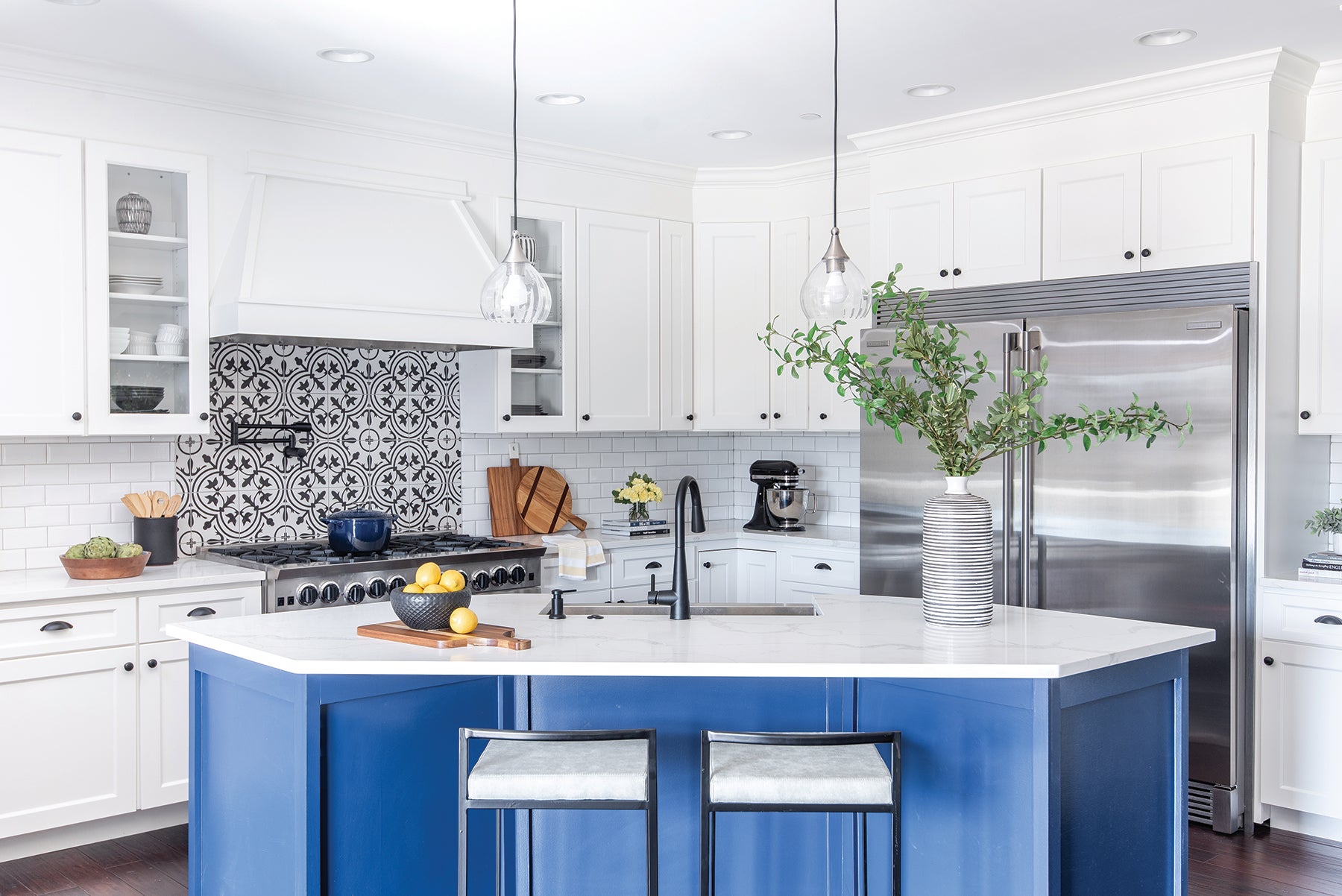There’s no such thing as a stupid question—but there are ways to guide your early conversations with clients to elicit more meaningful results. We asked eight designers how they unpack a client’s needs, wants and wildest dreams.
What does the information-gathering process with a new client look like for you—a questionnaire, a conversation, or something else entirely?
Brandi Wilkins: Getting to know our clients is an imperative part of the process. For me, it goes beyond what they like and dislike to who they actually are as people and as a family. It’s easy for a client to tell us what they want, but if I don’t understand the motivation behind it, that leaves room for misinterpretation. After the contract has been signed, we have what we call a lifestyle and inspiration meeting. I heard that term from [Houston-based] designer Jacob Medina and thought it was an excellent name for this type of information-gathering session. During this meeting, we really dive in. We try to make it conversational, but all about them—the client has the floor. My goal is to put myself in their shoes and try to see life as they see it. I can’t possibly help them connect with and feel supported by their home if I don’t know who they are.

BOH subscribers and BOH Insiders.











































